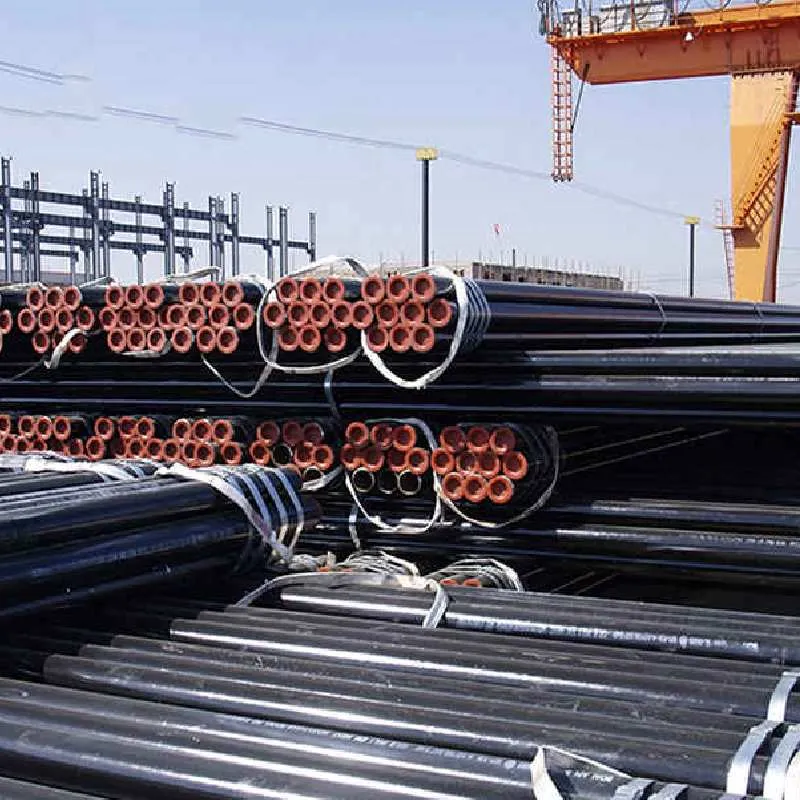-
Cangzhou Yulong Steel Co., Ltd.
-
Phone:
+86 13303177267 -
Email:
admin@ylsteelfittings.com
- English
- Arabic
- Italian
- Spanish
- Portuguese
- German
- kazakh
- Persian
- Greek
- French
- Russian
- Polish
- Thai
- Indonesian
- Vietnamese
- Zulu
- Korean
- Uzbek
- Hindi
- Serbian
- Malay
- Ukrainian
- Gujarati
- Haitian Creole
- hausa
- hawaiian
- Hebrew
- Miao
- Hungarian
- Icelandic
- igbo
- irish
- Japanese
- Javanese
- Kannada
- Khmer
- Rwandese
- Afrikaans
- Albanian
- Amharic
- Armenian
- Azerbaijani
- Basque
- Belarusian
- Bengali
- Bosnian
- Bulgarian
- Catalan
- Cebuano
- China
- China (Taiwan)
- Corsican
- Croatian
- Czech
- Danish
- Esperanto
- Estonian
- Finnish
- Frisian
- Galician
- Georgian
- Kurdish
- Kyrgyz
- Lao
- Latin
- Latvian
- Lithuanian
- Luxembourgish
- Macedonian
- Malgashi
- Malayalam
- Maltese
- Maori
- Marathi
- Mongolian
- Myanmar
- Nepali
- Norwegian
- Norwegian
- Occitan
- Pashto
- Dutch
- Punjabi
- Romanian
- Samoan
- Scottish Gaelic
- Sesotho
- Shona
- Sindhi
- Sinhala
- Slovak
- Slovenian
- Somali
- Sundanese
- Swahili
- Swedish
- Tagalog
- Tajik
- Tamil
- Tatar
- Telugu
- Turkish
- Turkmen
- Urdu
- Uighur
- Welsh
- Bantu
- Yiddish
- Yoruba

Nov . 09, 2024 18:23 Back to list
Techniques and Applications in Welding and Assembly for Industrial Projects
Welding and Fitting The Art and Science of Joining Materials
Welding and fitting are crucial processes in various industries, including construction, manufacturing, and automotive. They involve the joining of materials, primarily metals, through various techniques, ensuring structural integrity and functionality in a vast array of applications. This article explores the nuances of welding and fitting, highlighting their significance, types, and the skills required for successful implementation.
The Importance of Welding and Fitting
Welding and fitting are foundational processes in creating robust and durable structures. These techniques allow for the assembly of complex machinery, buildings, and infrastructure, enabling the construction of everything from bridges to airplanes. In addition, the quality of welding affects the safety, durability, and resistance of the final product to various forces and environmental conditions. Poorly executed welds can lead to catastrophic failures, making skilled welding and fitting indispensable in any project involving metalwork.
Types of Welding
Several welding techniques cater to different materials and applications, each with unique advantages and limitations. Here are some common methods
1. Arc Welding This type uses an electric arc to generate heat, melting the workpieces and filler material to form a molten pool. Arc welding includes several subtypes, such as Shielded Metal Arc Welding (SMAW) and Gas Tungsten Arc Welding (GTAW), each suited for specific scenarios.
2. MIG Welding Metal Inert Gas (MIG) welding is a popular method due to its speed and versatility. It involves feeding a continuous wire electrode through a welding gun, which creates an arc between the wire and the workpiece, melting both to form a bond. MIG welding is particularly effective for thin materials and is widely used in automotive and home projects.
3. TIG Welding Tungsten Inert Gas (TIG) welding provides a high level of control, making it ideal for joining thin sections of metals and for applications requiring precision. An inert gas protects the weld area from contamination, ensuring a clean and strong bond.
4. Flux-Cored Arc Welding (FCAW) Similar to MIG welding, FCAW uses a tubular wire filled with flux. This method is advantageous for outdoor applications, as it produces a self-shielding feature that protects the weld from atmospheric contamination.
5. Laser Welding This advanced technique uses a concentrated laser beam for high precision welding. It is commonly used in the aerospace and automotive industries, where accuracy is paramount.
The Fitting Process
Fitting refers to the preparation and arrangement of metal components before welding. It ensures that parts align correctly and are in the optimal position for the welding process. Proper fitting is essential for achieving high-quality welds and involves several steps
welding and fitting

1. Measurement and Marking Accurate measurements are critical to ensure all components fit together perfectly. Marking the areas to be welded helps streamline the fitting process and reduces errors.
2. Cutting and Shaping The metal pieces may require cutting or shaping to ensure a proper fit. Techniques such as sawing, shearing, or machining are often employed, depending on the material and specifications.
3. Assembly The components are assembled in the correct configuration. This stage may involve clamping or using jigs to secure the parts in place.
Skills Required for Welding and Fitting
Mastering welding and fitting requires a blend of technical skills and practical experience. Key skills include
- Technical Knowledge A comprehensive understanding of different welding techniques, materials, and safety protocols is fundamental.
- Attention to Detail Precision is paramount in welding and fitting. A small error can compromise the entire structure.
- Problem-Solving Skills Welders often encounter challenges during assembly and must think critically to find solutions quickly.
- Physical Abilities The work can be physically demanding, requiring strength and dexterity, as welders often work in awkward positions and handle heavy materials.
Conclusion
Welding and fitting are more than mere industrial processes; they represent the intersection of art and science. Skilled professionals in this field play a crucial role in shaping our built environment and technological advancements. As industries evolve, so too will the techniques and technologies of welding and fitting, continuing to push the boundaries of what is possible in material joining.
Latest news
-
ANSI 150P SS304 SO FLANGE
NewsFeb.14,2025
-
ASTM A333GR6 STEEL PIPE
NewsJan.20,2025
-
ANSI B16.5 WELDING NECK FLANGE
NewsJan.15,2026
-
ANSI B16.5 SLIP-ON FLANGE
NewsApr.19,2024
-
DIN86044 PLATE FLANGE
NewsApr.19,2024
-
DIN2527 BLIND FLANGE
NewsApr.12,2024
-
JIS B2311 Butt-Welding Fittings LR/SR 45°/90° /180°Seamless/Weld
NewsApr.23,2024
-
DIN2605-2617 Butt-Welding Fittings LR/SR 45°/90°/180° Seamless/Weld
NewsApr.23,2024











